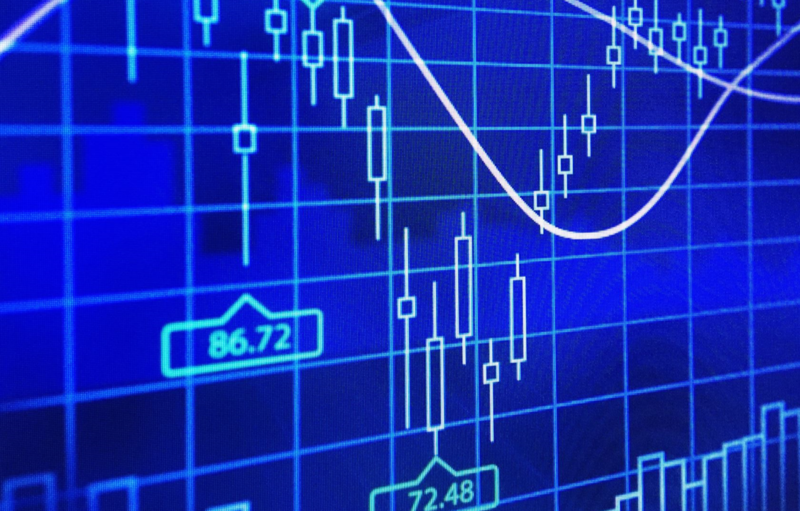The economic activity index reached a total of 122.5 for the month of December. Compared to the previous month, the index grew by 0.2%, while compared to December 2020, the index grew by 3.8%. As there is a high correlation between this index and the island’s GDP, it is one of the main indicators used to measure the health of Puerto Rico’s economy. It is made up of 4 subcomponents. These subcomponents differ from the total reported by other agencies, as the process used to seasonally adjust them for the index is different.
The first of these 4 subcomponents, non-farm payroll, reached a total of 862,600. This is 10,800 lower than in November, a decrease of 1.2%, but is still above the total in December 2020 by 27,200 (3.3%). Compared to the average for the last 6 months of 2019, this subcomponent is lower by 20,100 (2.3%). Employment had increased in the months of October and November, but the Omicron variant surge in December led to decreased employment in many major categories such as retail. With the worst of this variant’s effects being felt in January, we can expect this decrease to continue.
The second subcomponent, energy generation, reached a total of 1,596 mkWh in December. This is 2.6% lower than in November and 2.9% higher than December 2020. The average for this subcomponent in 2021 was nearly identical to the average for the second half of 2019. Energy consumption decreased in 2020, particularly for commercial clients. Energy generation and consumption have both returned to pre-pandemic averages. Unless there is a significant lockdown on the island, we can expect this trend to continue.
The third subcomponent, gasoline consumption, recorded a total of 75.1 million gallons. This is a 1.6% increase compared to November and a 10.1% increase compared to December 2020. Compared to the 2019 average, it is 2.1% lower. Relaxed restrictions led to increased gasoline consumption, particularly near the end of the year. However, increasing COVID contagions and rising gas prices mean that this subcomponent is still below its pre-pandemic average.
The last of the 4 subcomponents, cement sales, reached a total of 1,199 thousand 94lb-sacks. Compared to November, this was a decrease of 9%, while compared to December 2020, this was a decrease of 18.6%. This is 6.6% higher than the 2019 average. While housing sales and the construction boom seen during the second half of 2020 have begun to slow down, they are still significantly higher than in 2019. We can expect this trend to continue in 2022, particularly with the arrival of reconstruction funds and funds from the recently passed Infrastructure bill.
Overall, the index is above where it was before the pandemic, growing by 3.8%. Despite the economic setback presented by the Omicron variant, most of the index’s components are trending towards growth. Increasing interest rates and no further pandemic stimulus however could mean that this growth could be low and subject to further political decisions made at a federal level that affect the island.







